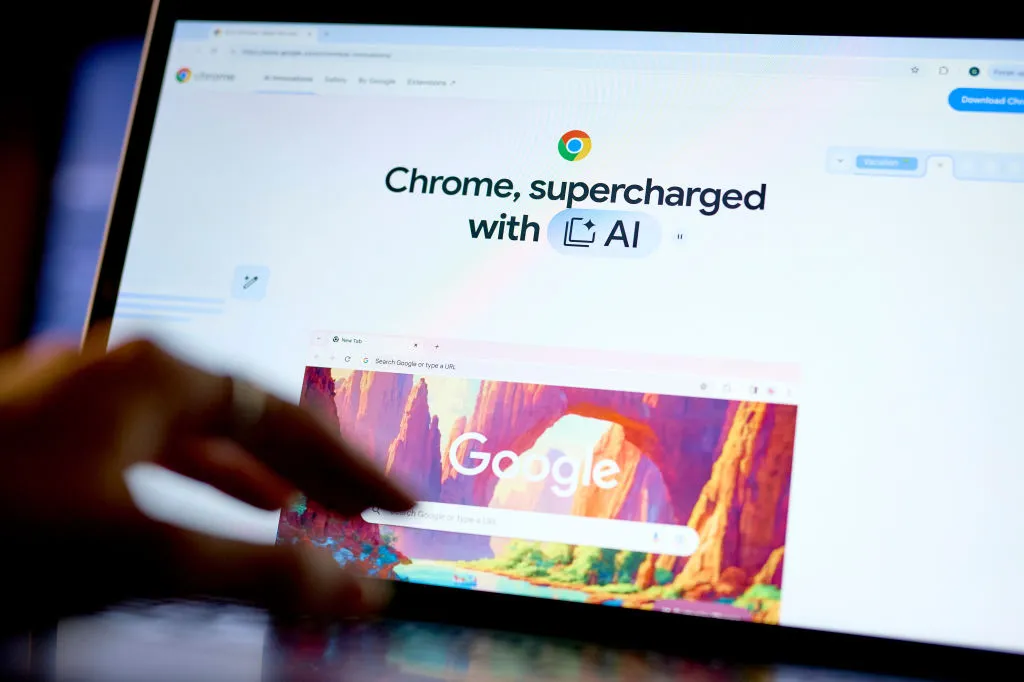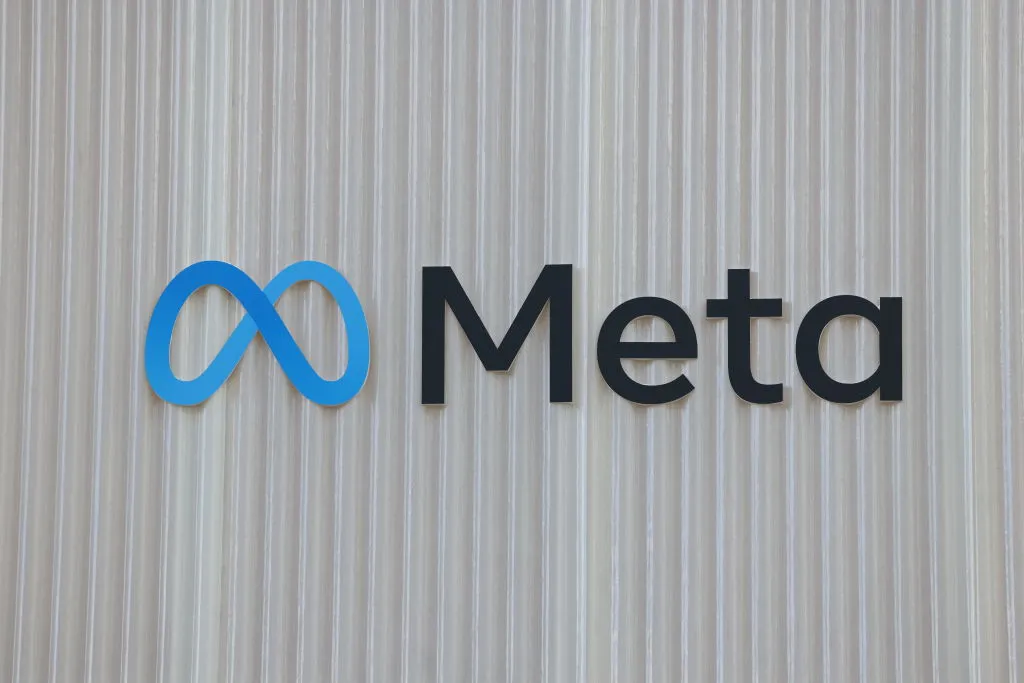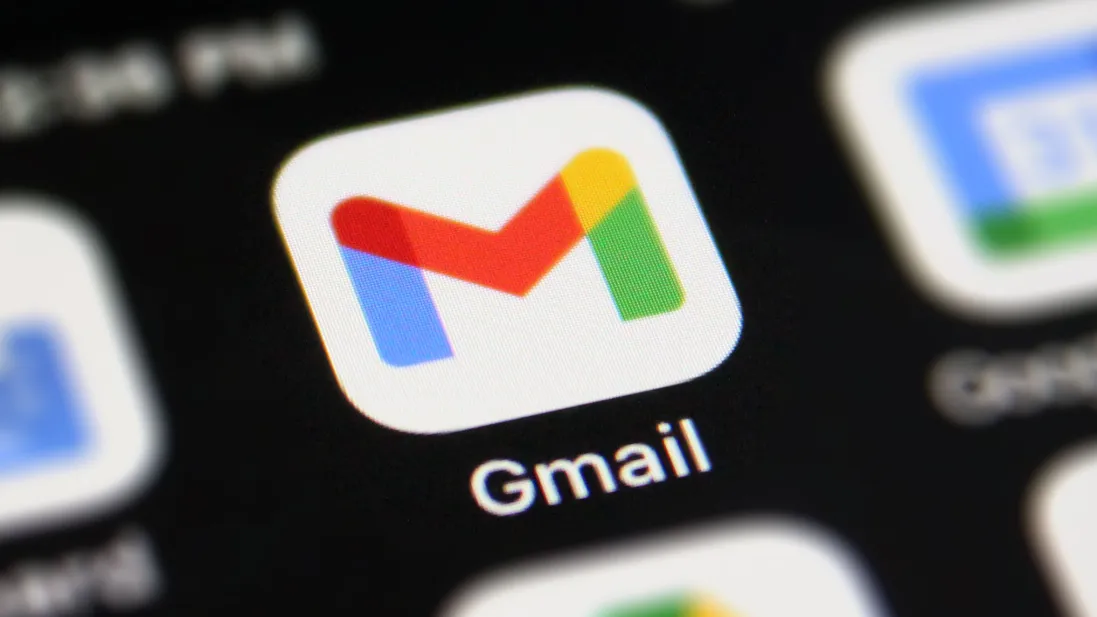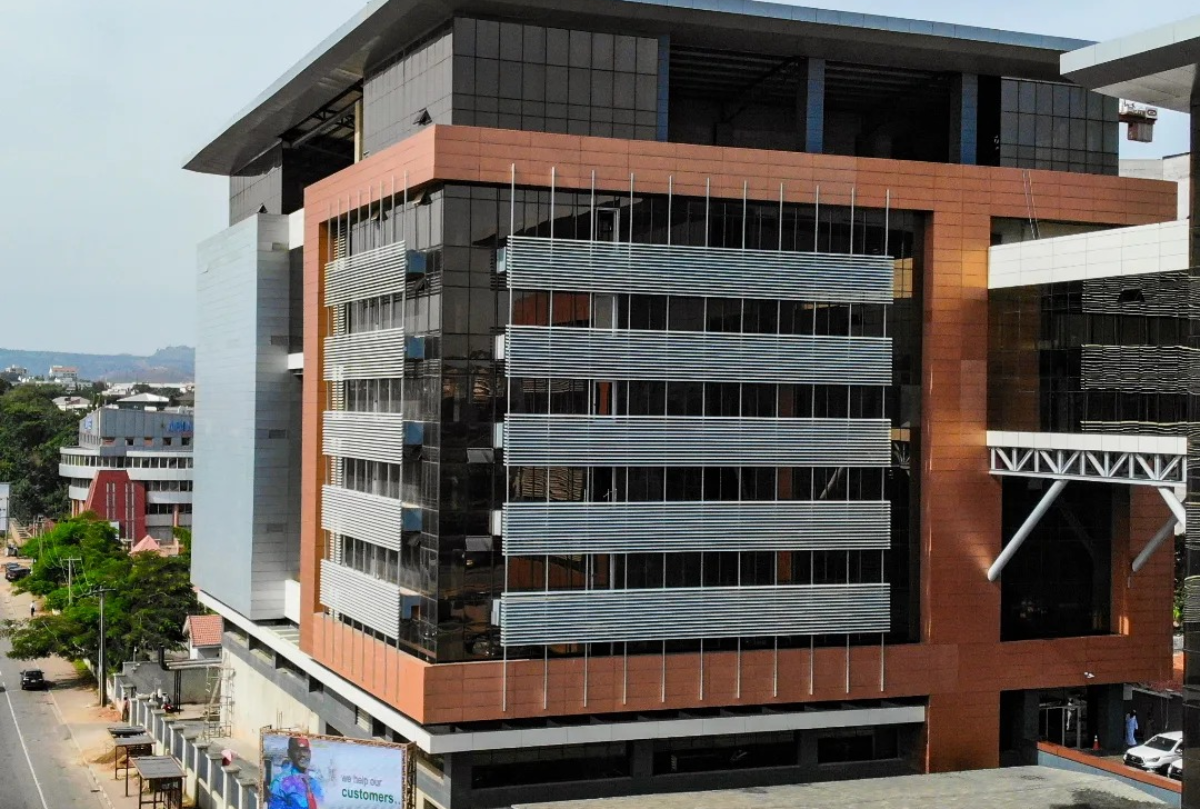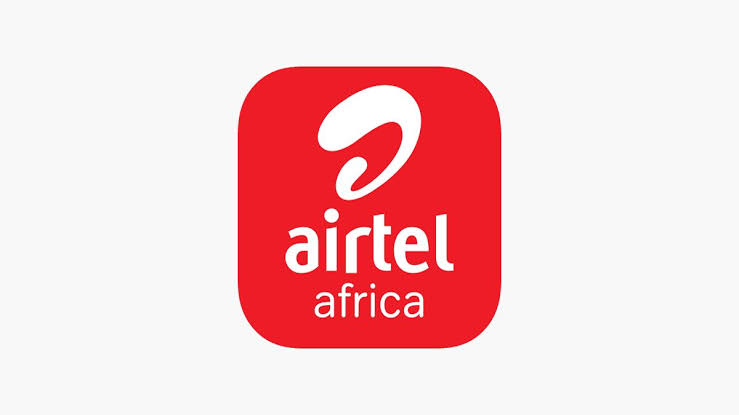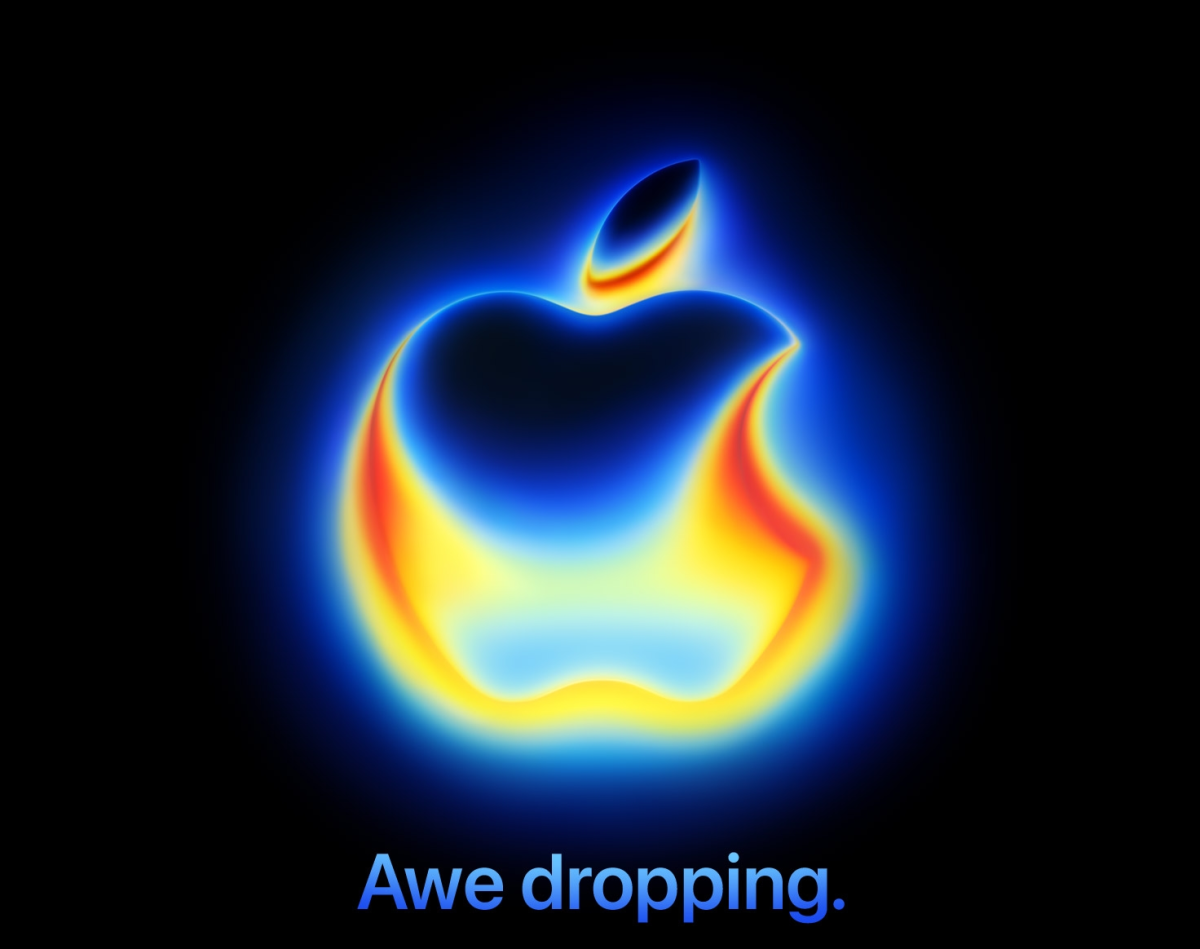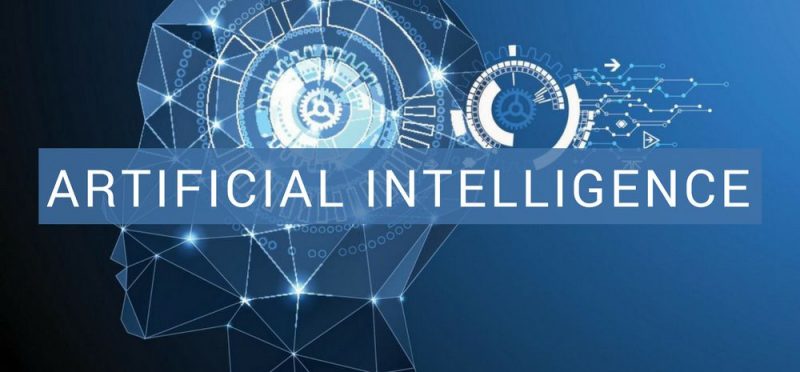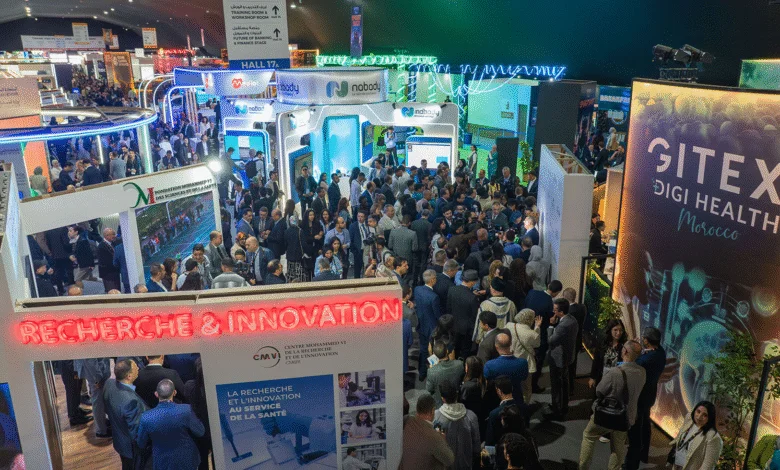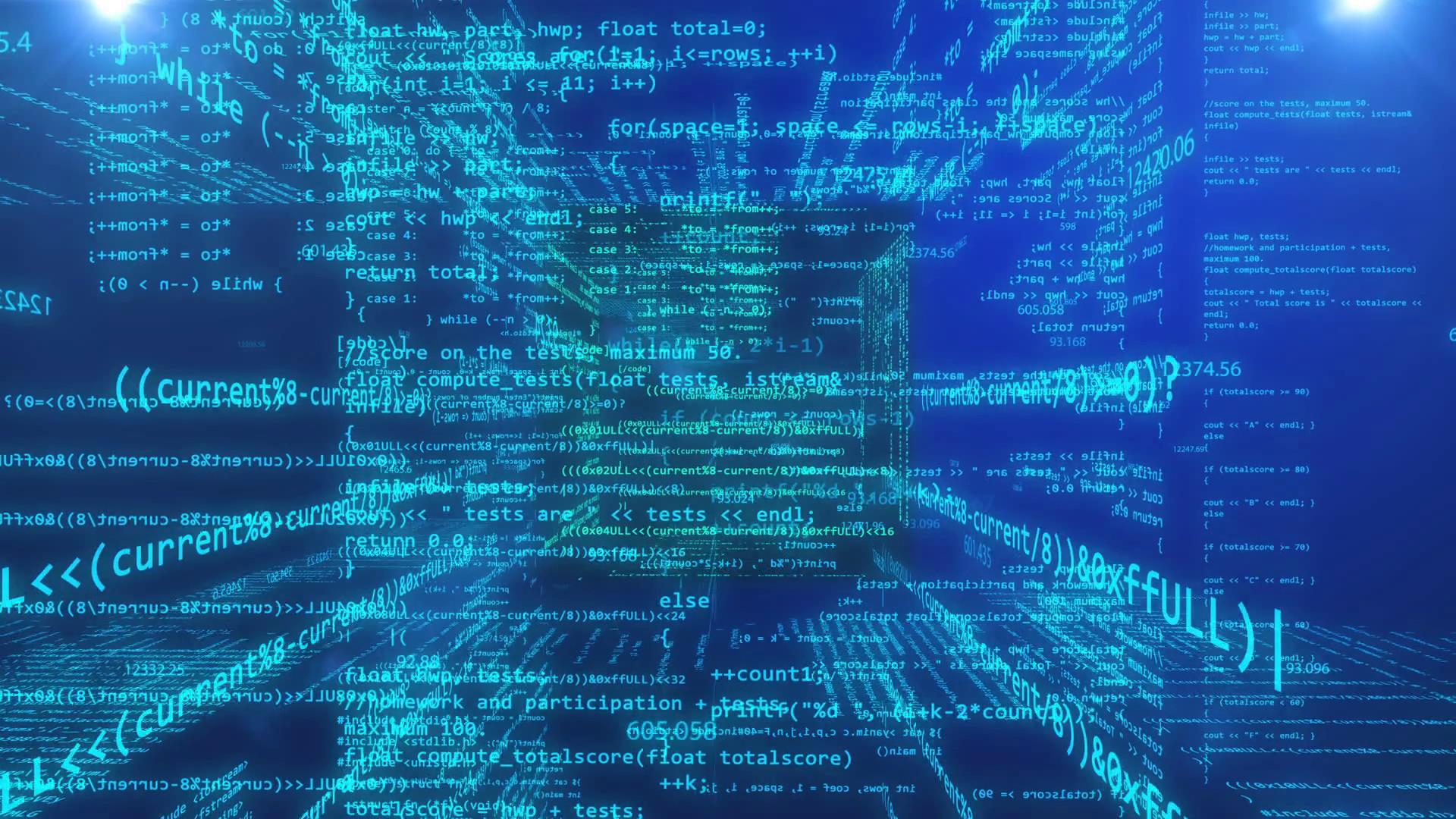Embracing a Paperless Economy: The Future of Digital Transformation
In an era where digital technology is rapidly evolving, the shift towards a paperless economy is not just a trend but a transformative movement with far-reaching implications. A paperless economy leverages digital technologies to reduce or eliminate the need for physical documents, offering numerous benefits in terms of efficiency, sustainability, and security. This article explores the concept of a paperless economy, its advantages, challenges, and the steps necessary to transition towards a more digital future.
What is a Paperless Economy?
A paperless economy refers to the use of digital technologies to conduct business and manage information without relying on physical paper documents. This involves adopting digital alternatives for document creation, storage, sharing, and processing. Key components include electronic forms, digital signatures, cloud storage, and automated workflows.
Advantages of a Paperless Economy
Increased Efficiency and Productivity
Going paperless streamlines processes and reduces manual handling of documents. Digital workflows and automated systems speed up tasks such as data entry, approval processes, and document retrieval. This leads to increased productivity as employees spend less time managing paperwork and more time focusing on core activities.
Cost Savings
The costs associated with printing, storing, and managing physical documents can be substantial. By transitioning to a paperless system, organizations can significantly reduce expenses related to paper, ink, filing cabinets, and office space dedicated to document storage. These savings can be redirected towards more strategic investments.
Enhanced Accessibility and Collaboration
Digital documents can be accessed from anywhere, at any time, provided there is an internet connection. This facilitates remote work and enhances collaboration among team members who can simultaneously view and edit documents. Cloud-based platforms allow for real-time updates and seamless communication, regardless of geographical location.
Environmental Benefits
Reducing paper consumption contributes to environmental sustainability. Fewer trees are cut down for paper production, and less waste is generated from discarded documents. A paperless economy supports eco-friendly practices and helps organizations meet their sustainability goals.
Improved Security and Compliance
Digital documents can be encrypted and stored securely, reducing the risk of unauthorized access and data breaches. Advanced security measures, such as multi-factor authentication and secure backup systems, enhance document protection. Additionally, digital records can be easily tracked and audited, helping organizations comply with regulatory requirements and industry standards.
Better Disaster Recovery
Physical documents are vulnerable to damage from fires, floods, and other disasters. Digital documents, stored in secure cloud environments, are protected from such risks. In the event of a disaster, organizations can quickly recover and restore their data, ensuring business continuity.
Challenges of a Paperless Economy
Initial Transition Costs
Moving to a paperless system may involve upfront costs for technology investments, such as software, hardware, and training. However, these costs are often offset by long-term savings and increased efficiency.
Digital Security Concerns
While digital documents offer enhanced security, they also introduce new risks, such as cyberattacks and data breaches. Organizations must implement robust cybersecurity measures and regularly update their systems to safeguard sensitive information.
Change Management
Transitioning to a paperless environment requires a cultural shift within organizations. Employees may be resistant to change or require training to adapt to new digital tools and workflows. Effective change management strategies are essential for a smooth transition.
Technology Dependence
A paperless economy relies heavily on technology, which can be problematic in the event of system failures or outages. Ensuring reliable technology infrastructure and having contingency plans in place is crucial for minimizing disruptions.
Steps to Transition to a Paperless Economy
Assess Current Processes
Evaluate existing paper-based processes and identify areas where digital alternatives can be implemented. This assessment helps prioritize which processes to transition first and ensures that the most critical areas are addressed.
Invest in Technology
Choose appropriate digital tools and platforms that align with your organization's needs. This may include document management systems, electronic signature solutions, and cloud storage services. Ensure that the technology is scalable and compatible with existing systems.
Train and Educate Employees
Provide training to employees on how to use new digital tools and adapt to paperless workflows. Educate them about the benefits of going paperless and address any concerns they may have.
Implement Change Gradually
Roll out the transition in phases to manage the change effectively. Start with less critical processes and gradually expand to more complex areas. This approach allows for adjustments and improvements based on feedback and experiences.
Monitor and Optimize
Continuously monitor the performance of digital systems and workflows. Gather feedback from users and make necessary adjustments to improve efficiency and address any issues that arise.
Conclusion
The transition to a paperless economy represents a significant step towards modernizing business operations, enhancing efficiency, and promoting environmental sustainability. While there are challenges to overcome, the benefits of increased productivity, cost savings, and improved security make a compelling case for adopting digital solutions. By embracing a paperless approach, organizations can position themselves for success in a rapidly evolving digital landscape, paving the way for a more efficient and sustainable future.
